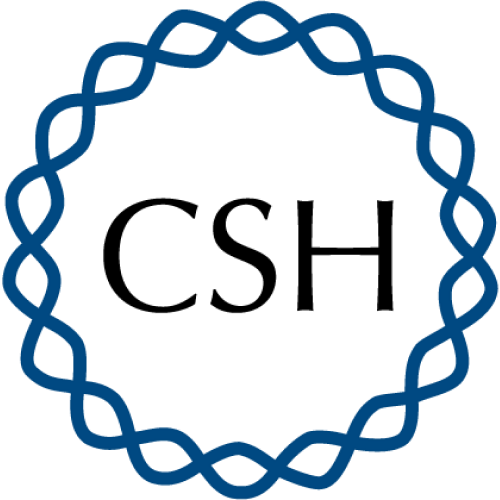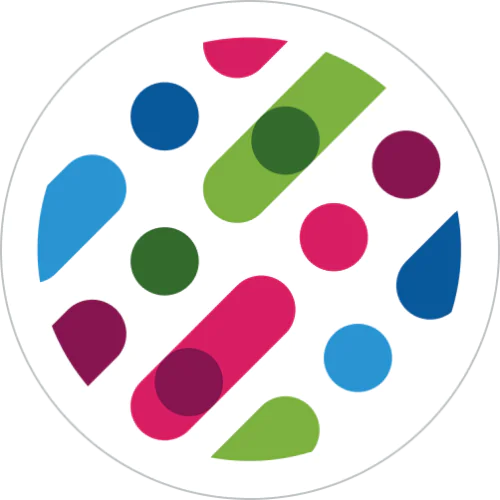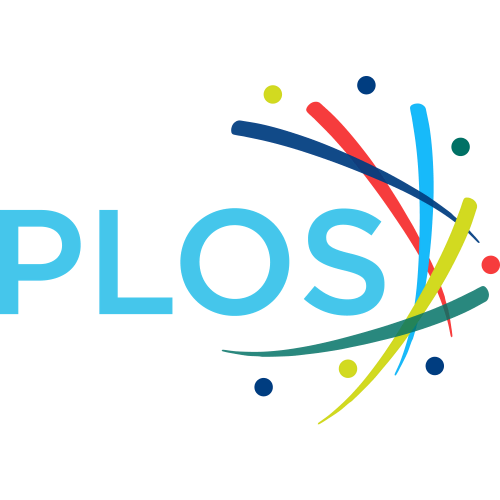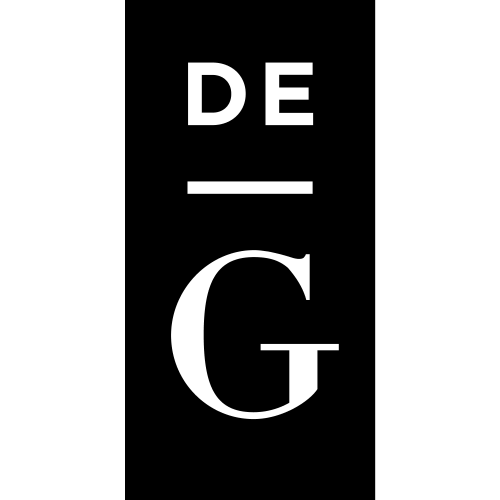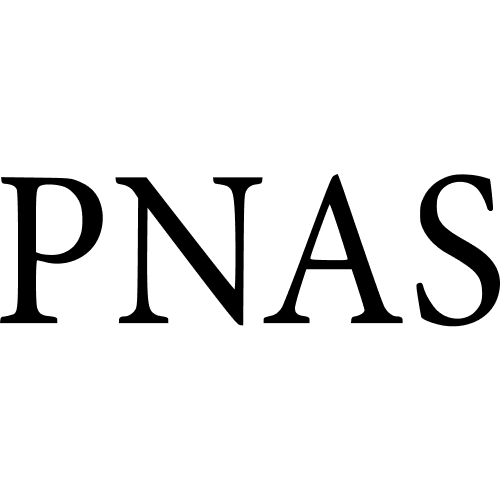Open Access


Cryo-EM analysis of the post-fusion structure of the SARS-CoV spike glycoprotein
Publication type: Journal Article
Publication date: 2020-07-17
scimago Q1
wos Q1
SJR: 4.761
CiteScore: 23.4
Impact factor: 15.7
ISSN: 20411723
PubMed ID:
32681106
General Chemistry
General Biochemistry, Genetics and Molecular Biology
General Physics and Astronomy
Abstract
Global emergencies caused by the severe acute respiratory syndrome coronavirus (SARS-CoV), Middle-East respiratory syndrome coronavirus (MERS-CoV) and SARS-CoV-2 significantly endanger human health. The spike (S) glycoprotein is the key antigen and its conserved S2 subunit contributes to viral entry by mediating host-viral membrane fusion. However, structural information of the post-fusion S2 from these highly pathogenic human-infecting coronaviruses is still lacking. We used single-particle cryo-electron microscopy to show that the post-fusion SARS-CoV S2 forms a further rotated HR1-HR2 six-helix bundle and a tightly bound linker region upstream of the HR2 motif. The structures of pre- and post-fusion SARS-CoV S glycoprotein dramatically differ, resembling that of the Mouse hepatitis virus (MHV) and other class I viral fusion proteins. This structure suggests potential targets for the development of vaccines and therapies against a wide range of SARS-like coronaviruses. The spike (S) protein of coronaviruses is responsible for receptor recognition and the fusion between the viral membrane and the of cell host membrane. Here the authors report a cryo-EM structure of SARS-CoV post-fusion S2 trimer, providing insights into the fusion mechanism that could be useful for therapeutic development against coronaviruses.
Found
Nothing found, try to update filter.
Found
Nothing found, try to update filter.
Top-30
Journals
|
2
4
6
8
10
12
|
|
|
bioRxiv
11 publications, 5.73%
|
|
|
Viruses
9 publications, 4.69%
|
|
|
Frontiers in Immunology
8 publications, 4.17%
|
|
|
Vaccines
5 publications, 2.6%
|
|
|
ACS Omega
5 publications, 2.6%
|
|
|
eLife
5 publications, 2.6%
|
|
|
Science
4 publications, 2.08%
|
|
|
mBio
4 publications, 2.08%
|
|
|
Nature
3 publications, 1.56%
|
|
|
Scientific Reports
3 publications, 1.56%
|
|
|
npj Vaccines
3 publications, 1.56%
|
|
|
Structure
3 publications, 1.56%
|
|
|
PLoS Pathogens
3 publications, 1.56%
|
|
|
Journal of Physical Chemistry B
3 publications, 1.56%
|
|
|
BMC Infectious Diseases
2 publications, 1.04%
|
|
|
Cell Research
2 publications, 1.04%
|
|
|
Current Opinion in Virology
2 publications, 1.04%
|
|
|
Immunity
2 publications, 1.04%
|
|
|
Cell
2 publications, 1.04%
|
|
|
Cell Reports
2 publications, 1.04%
|
|
|
Journal of the American Chemical Society
2 publications, 1.04%
|
|
|
Chemical Society Reviews
2 publications, 1.04%
|
|
|
Frontiers in Molecular Biosciences
2 publications, 1.04%
|
|
|
iScience
2 publications, 1.04%
|
|
|
Nature Communications
2 publications, 1.04%
|
|
|
Expert Opinion on Drug Discovery
1 publication, 0.52%
|
|
|
Journal of Nuclear Medicine
1 publication, 0.52%
|
|
|
ACS Biomaterials Science and Engineering
1 publication, 0.52%
|
|
|
Methods and Protocols
1 publication, 0.52%
|
|
|
2
4
6
8
10
12
|
Publishers
|
5
10
15
20
25
30
35
40
45
|
|
|
Elsevier
42 publications, 21.88%
|
|
|
Cold Spring Harbor Laboratory
36 publications, 18.75%
|
|
|
Springer Nature
22 publications, 11.46%
|
|
|
MDPI
20 publications, 10.42%
|
|
|
American Chemical Society (ACS)
16 publications, 8.33%
|
|
|
Frontiers Media S.A.
11 publications, 5.73%
|
|
|
Taylor & Francis
6 publications, 3.13%
|
|
|
Wiley
6 publications, 3.13%
|
|
|
American Society for Microbiology
6 publications, 3.13%
|
|
|
American Association for the Advancement of Science (AAAS)
5 publications, 2.6%
|
|
|
eLife Sciences Publications
5 publications, 2.6%
|
|
|
Public Library of Science (PLoS)
3 publications, 1.56%
|
|
|
Royal Society of Chemistry (RSC)
2 publications, 1.04%
|
|
|
Society of Nuclear Medicine
1 publication, 0.52%
|
|
|
Oxford University Press
1 publication, 0.52%
|
|
|
Walter de Gruyter
1 publication, 0.52%
|
|
|
Acta Physica Sinica, Chinese Physical Society and Institute of Physics, Chinese Academy of Sciences
1 publication, 0.52%
|
|
|
Proceedings of the National Academy of Sciences (PNAS)
1 publication, 0.52%
|
|
|
Autonomous Non-profit Organization Editorial Board of the journal Uspekhi Khimii
1 publication, 0.52%
|
|
|
Bioscientifica
1 publication, 0.52%
|
|
|
5
10
15
20
25
30
35
40
45
|
- We do not take into account publications without a DOI.
- Statistics recalculated weekly.
Are you a researcher?
Create a profile to get free access to personal recommendations for colleagues and new articles.
Metrics
192
Total citations:
192
Citations from 2024:
39
(20%)
Cite this
GOST |
RIS |
BibTex
Cite this
GOST
Copy
Fan X. et al. Cryo-EM analysis of the post-fusion structure of the SARS-CoV spike glycoprotein // Nature Communications. 2020. Vol. 11. No. 1. 3618
GOST all authors (up to 50)
Copy
Fan X., Cao D., Kong L., Zhang X. Cryo-EM analysis of the post-fusion structure of the SARS-CoV spike glycoprotein // Nature Communications. 2020. Vol. 11. No. 1. 3618
Cite this
RIS
Copy
TY - JOUR
DO - 10.1038/s41467-020-17371-6
UR - https://doi.org/10.1038/s41467-020-17371-6
TI - Cryo-EM analysis of the post-fusion structure of the SARS-CoV spike glycoprotein
T2 - Nature Communications
AU - Fan, Xiaoyi
AU - Cao, Duanfang
AU - Kong, Lingfei
AU - Zhang, Xinzheng
PY - 2020
DA - 2020/07/17
PB - Springer Nature
IS - 1
VL - 11
PMID - 32681106
SN - 2041-1723
ER -
Cite this
BibTex (up to 50 authors)
Copy
@article{2020_Fan,
author = {Xiaoyi Fan and Duanfang Cao and Lingfei Kong and Xinzheng Zhang},
title = {Cryo-EM analysis of the post-fusion structure of the SARS-CoV spike glycoprotein},
journal = {Nature Communications},
year = {2020},
volume = {11},
publisher = {Springer Nature},
month = {jul},
url = {https://doi.org/10.1038/s41467-020-17371-6},
number = {1},
pages = {3618},
doi = {10.1038/s41467-020-17371-6}
}




